Table of Contents
The UNESCO Sites in Libya have resulted from recognizing of 5 cultural and natural landmarks as UNESCO World Heritage Sites in Libya and 3 locations on the Libya UNESCO tentative list. These tourist sites in Libya are acknowledged for their unique and valuable cultural, natural, artistic, and historical significance and are preserved for future generations to enjoy.
In addition to these 5 sites in the Libya UNESCO list, many other places to travel to Libya are being considered for UNESCO recognition. These sites, listed on the tentative list, showcase the country’s rich cultural heritage and are waiting for approval to join the prestigious and famous World Heritage Sites list.
To help visitors discover these remarkable Libya tourist attractions, we have assembled an interactive map of the UNESCO sites in Libya.
Libya UNESCO Map
Click markers to show information and photo.
World Heritage Sites in Libya
UNESCO World Heritage Sites in Libya
There are 5 UNESCO World Heritage Sites in Libya. All of these three sites are listed under the Cultural category.
- Archaeological Site of Cyrene
- Archaeological Site of Leptis Magna
- Archaeological Site of Sabratha
- Old Town of Ghadamès
- Rock-Art Sites of Tadrart Acacus
UNESCO World Heritage Sites in Libya are protected locations for their cultural and natural importance.
Archaeological Site of Cyrene
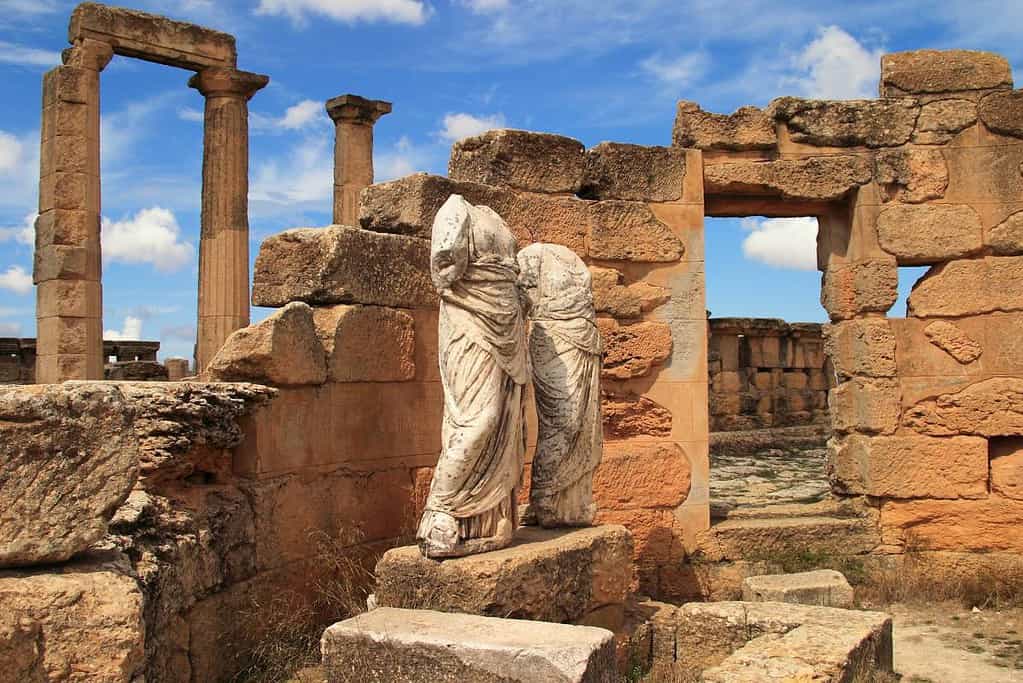
The Archaeological Site of Cyrene is a UNESCO World Heritage Site located in eastern Libya. The site is a well-preserved ancient Greek and Roman city founded in the 7th century BCE. The city was a major center of culture, philosophy, and education in the ancient world and is home to many impressive ruins, including the Temple of Apollo, the Fountain of Apollo, and the House of Jason Magnus.
Well-preserved walls and fortifications also surround the city, and visitors can explore the ancient theaters, marketplaces, and public buildings that provide a glimpse into the daily life of the ancient Greeks and Romans. The Archaeological Site of Cyrene is a must-visit destination for anyone interested in ancient history and culture.
Archaeological Site of Leptis Magna
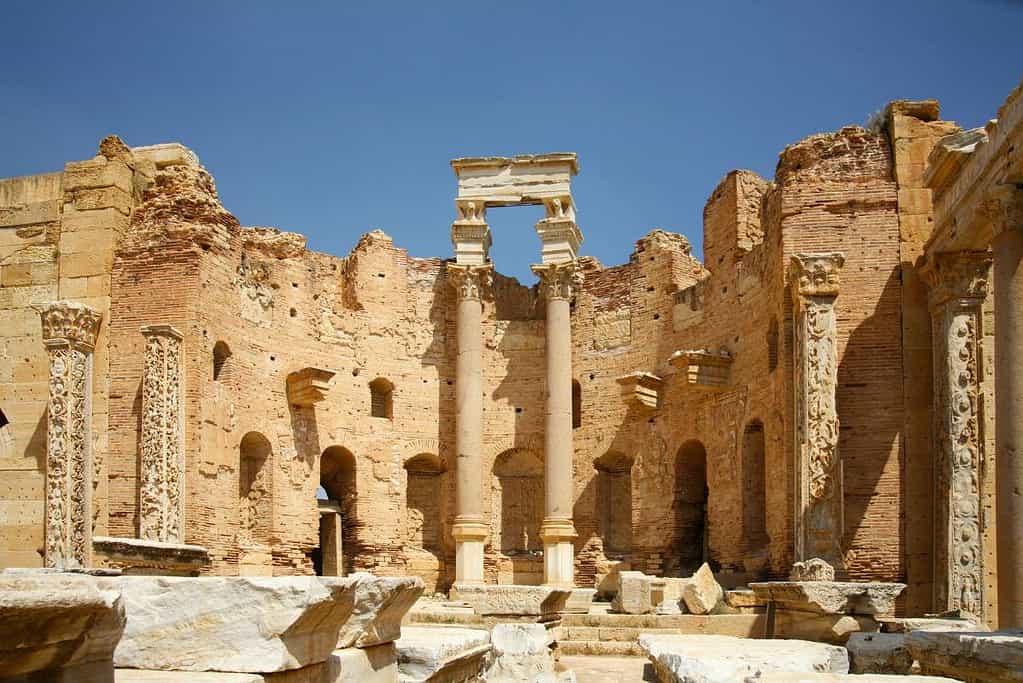
The Archaeological Site of Leptis Magna is a UNESCO World Heritage site located on the Mediterranean coast of Libya. The site features the well-preserved ruins of an ancient Roman city once a major trading center. The city was founded in the 7th century BC and includes stunning structures such as a theater, forum, and temples. The ruins showcase the ancient city’s remarkable engineering and architectural achievements and glimpse daily life during the Roman era. The Archaeological Site of Leptis Magna is a must-visit destination for anyone interested in ancient history and architecture.
Archaeological Site of Sabratha
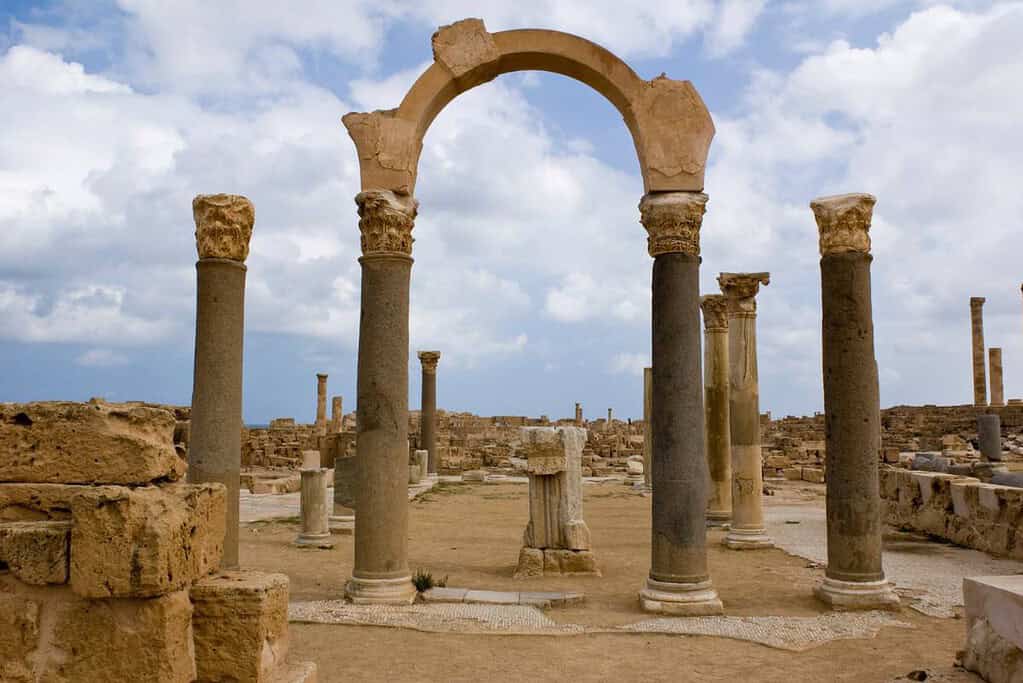
The Archaeological Site of Sabratha is a UNESCO World Heritage site located on the Mediterranean coast of Libya. The site is home to the remains of an ancient Roman city that dates back to the 2nd century BC. The city’s well-preserved ruins include a theater, forum, basilica, and other buildings that glimpse daily life during the Roman era. The city’s location on the coast also makes it an important site for studying ancient maritime trade and navigation. Visitors to the Archaeological Site of Sabratha can explore the ruins, walk through the ancient streets, and imagine what life was like in this bustling Roman city centuries ago.
Rock-Art Sites of Tadrart Acacus
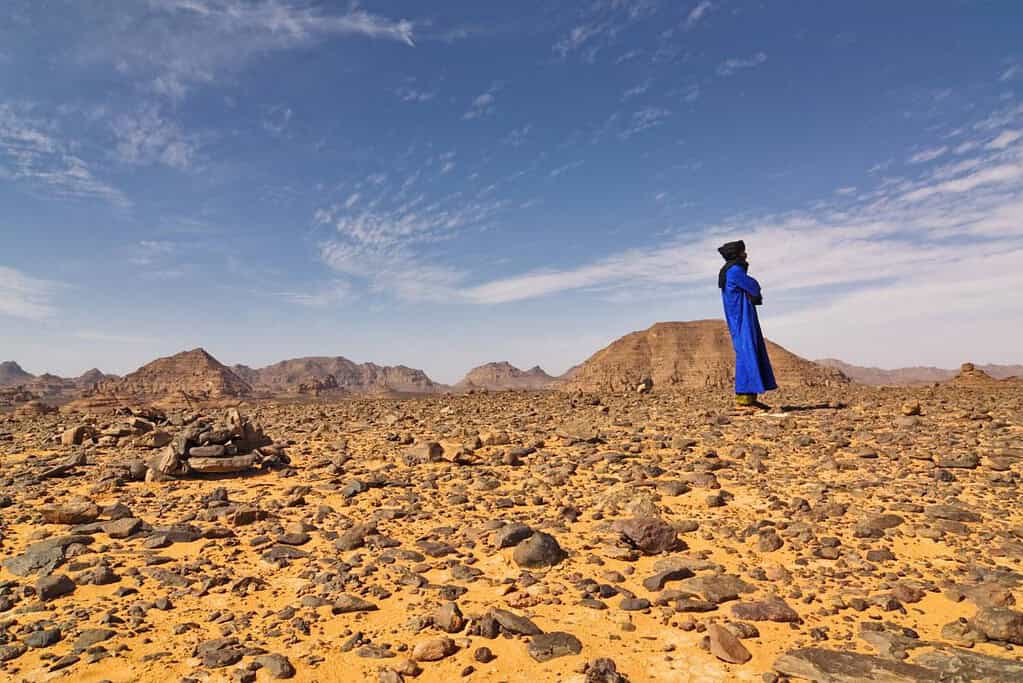
The Rock-Art Sites of Tadrart Acacus is a UNESCO World Heritage site in the Libyan Desert. The site features a vast collection of ancient rock art that dates back to the Neolithic era and showcases the daily life, culture, and beliefs of the people who lived in the region thousands of years ago. The site is also home to stunning rock formations and landscapes that add to its natural beauty and uniqueness. The Rock-Art Sites of Tadrart Acacus are a must-visit destination for anyone interested in ancient history, archaeology, and natural wonders.
Old Town of Ghadamès
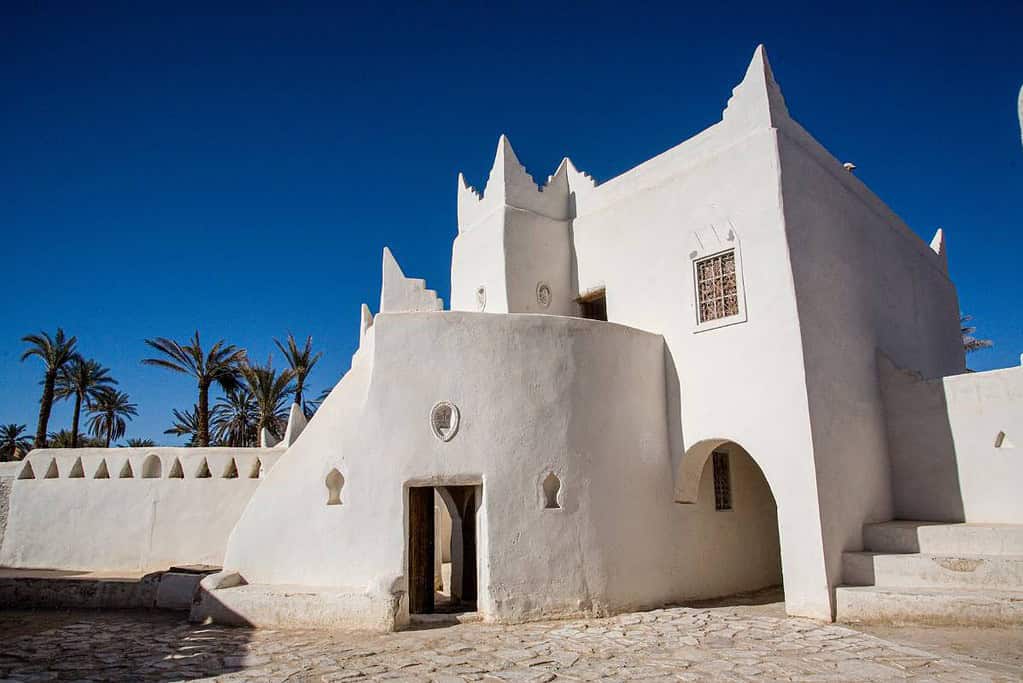
The Old Town of Ghadamès is a UNESCO World Heritage site in the Libyan desert. The town is known for its well-preserved traditional architecture, which includes white-washed houses with intricate designs and narrow alleyways that provide shade from the hot desert sun. The town was an important trading center for caravans traveling across the Sahara and has a rich cultural history that can be seen in its ancient mosques, traditional souks, and communal ovens. The Old Town of Ghadamès is a unique and beautiful destination that offers a glimpse into the traditional way of life in the Libyan desert.
Libya UNESCO tentative list
- Archaeological site of Ghirza
- The Archaeological Site of Ptolemais
- Haua Fteah Cave
Tours in Libya
Our choices of tours in Libya are divided into thematic features such as Leptis Magna, Sabratha, and the Ghadames Experience.

